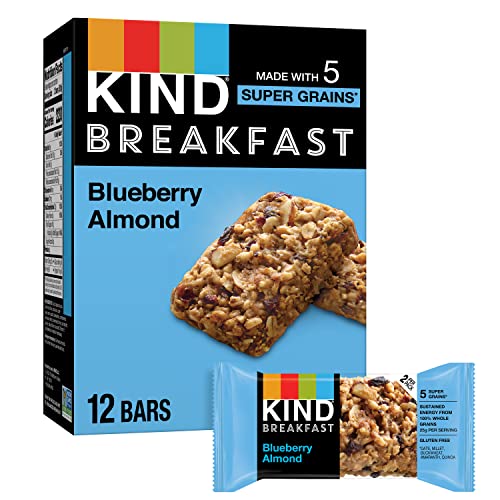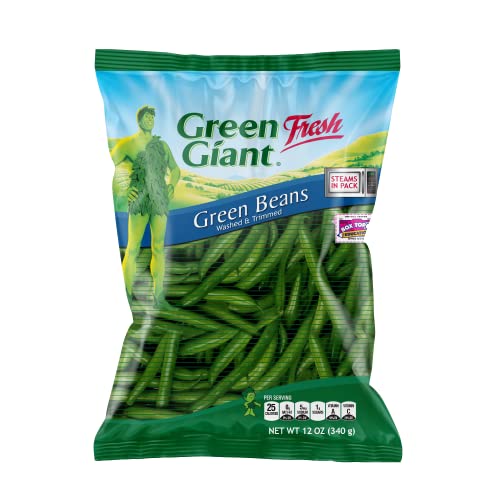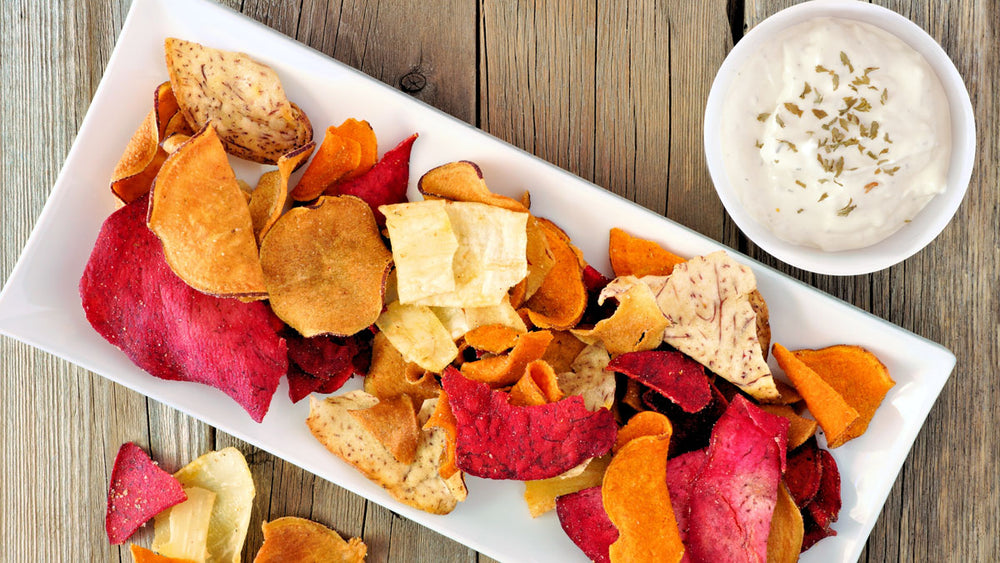Are you longing for a night when you don’t feel like a fire-breathing dragon or sleep while sitting up?
Side effects of GERD can be miserable and can include: feeling like you have a lump in your throat, making your esophagus feel like it’s on fire, to throwing up because you’re refluxing so severely. Understanding GERD or acid reflux and how they occur can offer insight into managing your symptoms and tracking the foods and beverages that may trigger an epigastric eruption.
So what is GERD (Gastroesophageal reflux disease)? It is when acid reflux repeatedly flows back into the esophagus, continuously irritating the lining over time. Signs and symptoms include upper abdominal “chest” pain, heartburn after eating or while lying down, backwash (regurgitation) of food or liquid, trouble with swallowing, or the feeling of a lump in your throat. Nighttime reflux can cause laryngitis (inflammation of the voice box), an ongoing cough, or even asthma exacerbation.
As a clinician, I have always found answering the “why” and “how” questions important. What do I mean by this? If you have something going on with your body, don’t you want to know “how” it is supposed to work and “why” it isn’t working the way it should? Understanding the “why” can help you make better choices when it comes to reflux or GERD.
The stomach has a sphincter (a circular muscle that opens and closes passages in the body) at both ends, one at the top, called the lower esophageal sphincter, and one at the bottom, the pyloric sphincter. The lower esophageal sphincter (LES) opens and closes to allow food into the stomach. To keep this sphincter closed, there needs to be a high-pressure environment. Certain foods cause a low-pressure environment that relaxes the lower esophageal sphincter (LES), triggering a reflux event.
One way to manage your symptoms is to look at the foods you are eating and track what you have consumed when you have a reflux event. Foods that trigger reflux can do one of two things; either relax the lower esophageal sphincter (LES) or delay gastric emptying, and some can do both. Additional foods are highly acidic, exacerbating symptoms of reflux.

There are also activities, whether they are physical or behavioral, that may increase reflux.
These include smoking, overeating or eating large portions, drinking alcohol, or taking certain medications that can impact the lining of the gut. Although some alcoholic beverages may be less triggering than others, remember that this is not a one-size-fits-all. What foods, drinks, and activities may trigger reflux in some individuals may not trigger reflux in others, but awareness is key nonetheless.
High-impact exercises may also exacerbate reflux. With exercise, anything that creates tension in the abdomen, involves heavy lifting, or is a high-impact sport like sprinting, gymnastics, weight lifting, or cycling can aggravate symptoms. Exercise should not be avoided, though. Other forms of exercise can help with the management of acid reflux. Low to moderate-impact activities such as walking, jogging, yoga, and swimming are great ways to reduce symptoms and promote weight loss, especially if you carry extra visceral (hidden abdominal fat that wraps around organs) weight.
Changing certain behaviors can also help. Be mindful not to lie down right after eating and avoid eating too close to bedtime. In the Foodguides article Nighttime Interventions and Their Effects on GERD, Dr. Ashlie Morrissey explained how “the goal of positioning to decrease GERD symptoms is to elevate the head and torso about 7-10 inches and use something to keep yourself on your left side during sleep.”
Making the right food choices is also very important. For recipe ideas, check out Foodguides.com, including the articles on GERD-friendly snacking. Also, moderate exercise in your lifestyle can help manage weight and control many aspects of GERD symptoms. Lastly, if symptoms are uncontrollable and you are having frequent flare-ups, get in to see your doctor and discuss alternative options.
- Mayo Foundation for Medical Education and Research. (2023, January 4). Gastroesophageal reflux disease (GERD). Mayo Clinic.
- Diet and gastroesophageal reflux disease (GERD) - ASGE. (n.d.-a).
- 7 tips for exercising with GERD. Orlando Health. (n.d.).






















Comments
Join The Conversation...